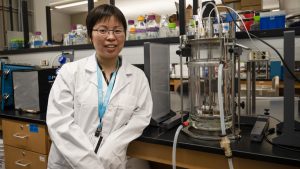
July 1, 2025
Inspired by nature, researcher targets forever chemicals
Mizzou Engineering Professor Susie Dai is pioneering a scalable solution to clean up harmful PFAS without rare or expensive chemicals.

Jan. 31, 2025
Mizzou researchers discover simple solution to break down forever chemicals
The answer to removing PFAS, also known as “forever chemicals,” may be in your fishbowl.
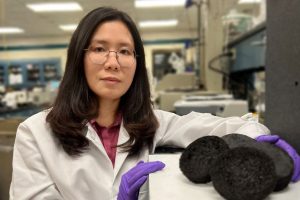
Nov. 14, 2024
Using biowaste to create clean water
Mizzou Engineer Caixia “Ellen” Wan is filtering clean water using new materials created from lignocellulosic biomass waste.
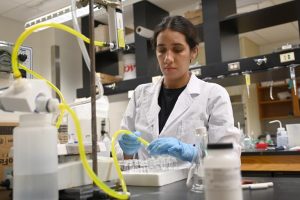
Oct. 29, 2024
Filtering out forever chemicals
Mizzou Engineers secured an EPA grant to pursue an innovative method to remove PFAS from water and degrade the chemicals.

June 7, 2024
Missouri Water Center receives more than $700,000 in EPA seed grant funding
Cross-disciplinary researchers to look at water quality, quantity issues through eight research and education projects at the Missouri Water Center.
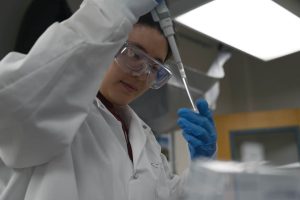
May 14, 2024
Civil engineering graduate students make strides in water quality research
Graduate students at Mizzou are adventurous and inquisitive, driven by the quest to discover the unknown. They dive headfirst into finding solutions to some of the world’s most pressing problems. Two civil engineering graduate students are diving into the world of clean water, and recently received scholarships from the Missouri Water Center to continue their research.

March 8, 2024
Xiao recognized with Excellence in Research Award from Environmental Science & Technology journal
Mizzou Engineering’s Feng “Frank” Xiao has been recognized with an Excellence in Review Award from Environmental Science & Technology (ES&T), the premier journal in environmental engineering and science.
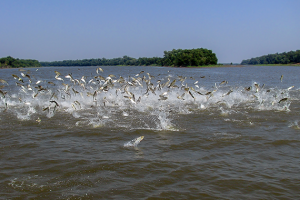
Jan. 23, 2024
Missouri Water Center helps secure three USGS National Competitive Grants
With support from the Missouri Water Center, three Mizzou researchers have been awarded highly competitive grants through the U.S. Geological Survey’s (USGS) Water Resources Research Act Program. The National Competitive (104G) Grants aim to promote collaboration between USGS and university researchers on significant national and regional water issues.

May 5, 2023
Pioneer in degradation of ‘forever chemicals’ brings research to Mizzou
Before most of his peers knew them as “forever chemicals,” Feng “Frank” Xiao knew they were a problem. It was the early 2010s, and he was reviewing Centers for Disease Control data when he noticed a disturbing trend. Pre- and polyfluoroalkyls (PFAS) — compounds mass marketed since the 1940s — were showing up in more than 95% of blood samples, and they appeared to be wreaking havoc on human health.